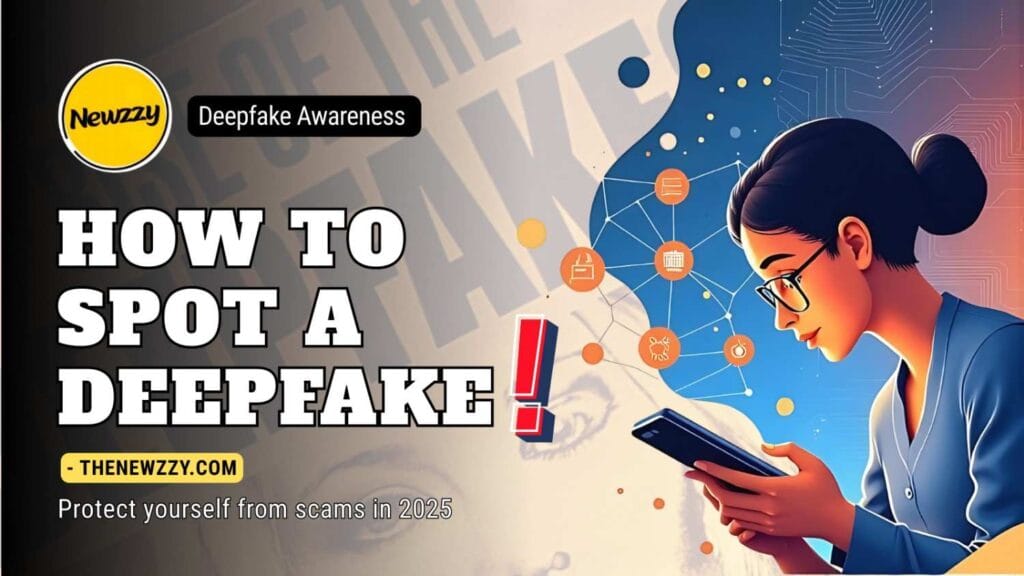Deepfake Video Detectors: In a time marked by the fast movement of technology, there has never been more of a distinction between real and unreal. In the middle of this digital falsehood is an actress, each one more dangerous than the other, is the birth of deepfakes, which has been transformed throughout the years, to the point of becoming a threat to the extent that it can no longer be done solely through niche interest. By 2025, deepfakes have become an existential threat to trust in media, communication and humans themselves.
Read About: Deepfakes in News | Can You Trust Your Eyes in 2025? Nightmare of AI Technology
Table of Contents
How Deepfakes Evolved: Rookie to Normal to Expert

Deepfake is a portmanteau of deep learning and fake, and its concept can be dated back to 2017 when tools were created to swap faces in the video freely. At first such creations were particularly crude and could be easily recognized by their identifiable artifacts, which included wobbly features on the face, inconsistent lighting, and blurry edges. But with every passing year, the stakes have been raised and deepfakes have become more realistic than ever due to the exponential growth in the size of generative AI models such as Generative Adversarial Networks (GANs).
By 2025, deepfake capabilities have advanced to the level that can be used in creating hyper-realistic video and audio with exact precision. One of the innovations that have become a significant threat is voice cloning, as now more advanced models can perfectly capture not only a tone and pitch of the person, but also their emotional and regional accents based on only a couple of seconds of recording.
Scammers Are Using Deepfakes to Scam to People
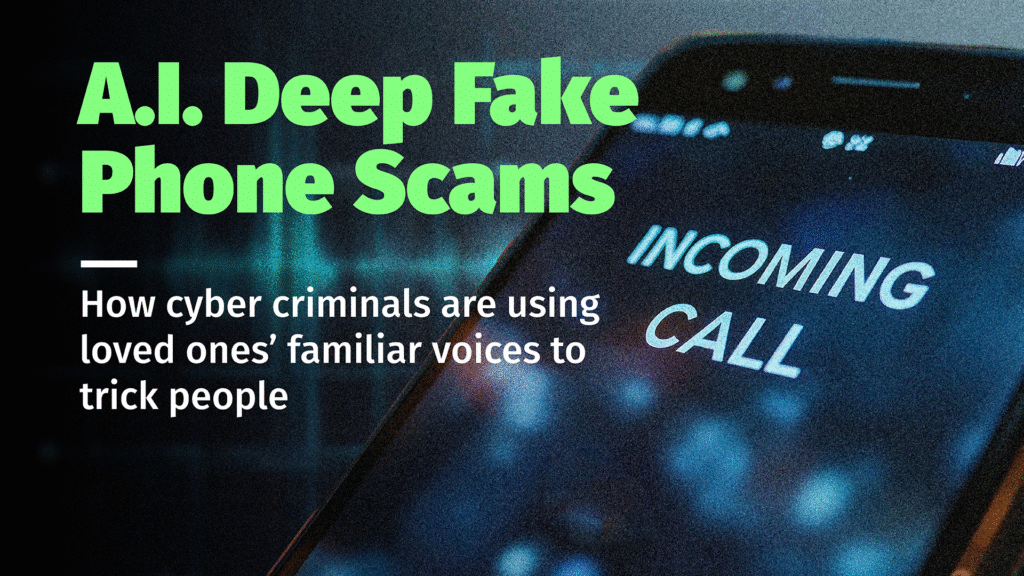
This has enabled fraudsters to disguise as executives, family members or even customer care agents on a high level of authenticity. A 2025 study noted how even small amounts of audio data might allow emotion-and multilingual voice models to be trained by attackers. This highly reduced cost of developing convincing fakes has democratized fraudsters ability by enabling a much broader variation of bad actors, ranging anywhere between the opportunistic scammer to the nation states.
Massive extent of deepfake spread in 2025 is a vital issue. It is estimated that by 2025 eight million deepfakes are expected to be shared compared to slightly above 500,000 in the year 2023. This exponential increase this is not an issue that is taking place in the digital peripheries but is now an issue that directly impacts everyday life.
Read About: Rise of Deepfake crimes around the world in 2025
This has led to a new, and especially perilous, frontier in fraud; the emergence of what are being called real-time deepfakes in which a scammer can change their speech and mannerisms during a live video chat. Such real-time fakes are capable of evading the other conventional security systems and biometric checks, since the rogue actor can be able to adjust and improvise becoming able to fool both the human and the machine guards.
How Deepfake Scams in 2025

This increased capability and popularity of deepfakes has given rise to an expanding range of dangers that risk the lives of people, take down companies and destabilize society.
Financial Fraud and identity theft
The first and the most imminent and material threat is the financial fraud. Voice Deepfake fraud has become an ordinary technique with 162 percent of the growth in deepfake fraud by 2025. In one usually known incident, a Hong Kong company was cheated of 25 million dollars after an employee was deceived in a video call with a deepfaked CFO.
In addition to a phone call, deepfakes are also falsified job interviews and the impersonation of clients to receive wire transfers and the avoidance of “Know Your Customer” (KYC) checks in financial and fintech industries. According to the Veriff 2025 Identity Fraud Report, 5 per cent of failed ID verification attempts are now associated with deepfakes, pointing directly to a threat to the integrity of identity verification systems.
Destruction of Trust and Reputation Damage
The potential is strong with deepfakes when it comes to destroying the reputation and the trust of celebrities, politicians, and public figures. Whether it is in the form of a disseminated disinformation campaign, fabricated incriminating behavior, or fabricated political endorsement, a single and strategically-placed deepfake video can be used to distribute the disinformation.
The Brookings Institution has explained that even though the lawful remedies might be in place after it goes into effect, a viral deepfake can have its effects in a span of hours before a fact-checker or a law department might get to address it.
The diminishing trust is not only the issue that can find its victims among the reputable individuals; it is also a problem of ordinary people who can become the targets of deepfake sextortion or blackmail. In the UK, one study found 28% of university students had fallen victim to sextortion deepfake schemes where photos of them on social media were exploited to create fake nude photos.
Political Misinformation and Social Insecurity
Deepfakes are a powerful tool of political subversion and disinformation-based offenses. They can be used to generate fake videos of leaders making untrue declarations, inciting political chaos, and doing provocative things.
The 2024 US election cycle was just that practice State, and as with any weaponized technology, as it becomes more improved nation-state actors and other malicious organization will use deep fakes to attempt to create discord and destabilize democratic elections. The risk is that the general population that learned to ingest data on turbo-speed, where verification of authenticity is no longer afforded the time or the resources, would not be in the position to ascertain the validity of what they perceive.
Deepfakes Detection 2025 | Deepfake Video Detectors

Deepfakes Detection: The swift development of the technology of deepfake has spawned an accompanying search to find means to counter this technology successfully. However, there is no single answer that can be a panacea; nevertheless, the multi-layered approach that implies both human vigilance and technological solutions is the most effective solution.
How to Detect Deepfakes Without Any Tool?
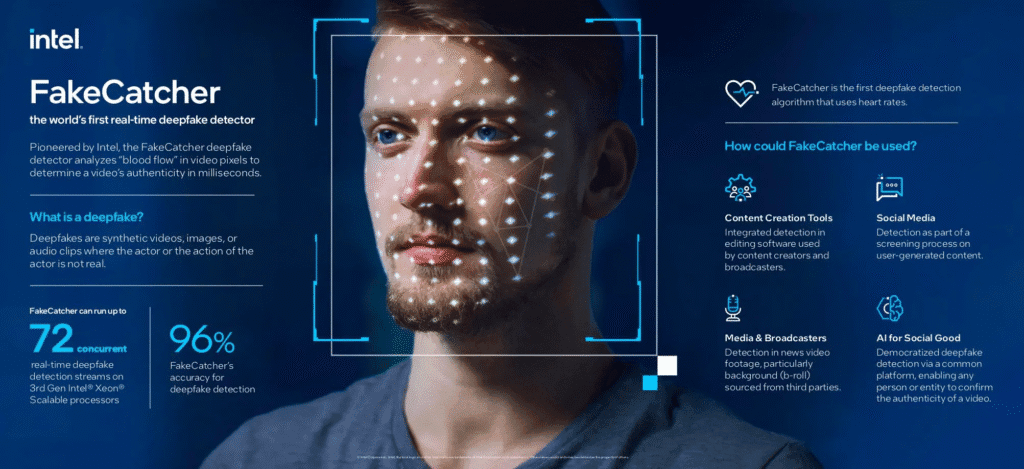
Human-centric clues can be used to detect a deepfake even with complex AI. Such are commonly termed as artifact-based detection. This is how you can detect Deepfakes without any tool:
- Uncanny Valley Effect: It is the most essential psychological sign. An image or a video that has some unnoticeable, creepy differences is almost human, which causes them to give a gut reaction.
- Physical Artifacts: Search discrepancies that AI continues to have difficulties with. These are; unnatural eye movements, inability to blink, fluctuating light or shadows on facial parts and deformities in complicated parts of the body such as hands, teeth and hair. Angular hands are another area where generative models continue to lag, with unproportionately thin or with odd number of fingers.
- Audio-Visual Mismatches: A lip-sync mismatch is a tell that is classic; the audio is not in absolute sync with the movements of the mouth of the speaker. Also, deepfake voice can sound reminiscent of human speech without modulations of air intakes, stammers and occasional silences.
Deepfake Detection Tool | How to Spot a Deepfake Video?
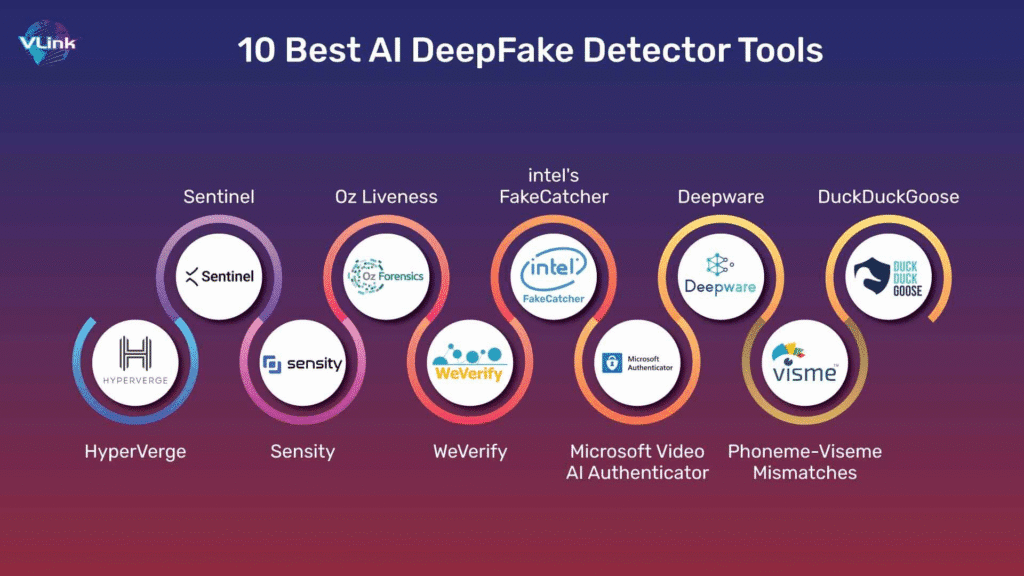
Counteracting the deepfakes technology has exploded. Labelling Companies and researchers are creating high-tech tools that seek out digital fingerprints that AI models leave behind. Deepfake Detection Tools:
- Intel FakeCatcher: This new fancy technology relies on a new method which is due to changes in the flow of blood under one dermis (Photoplethysmography or PPG). It is able to identify these biological signals on a live video stream differentiating between a real person and a deepfake with reported accuracy of 96 percent.
- Sensity AI: Deep platform enabling videos, pictures and audio analysis. It employs a multimodal aspect to include cross-reference to several points of data to detect deepfakes with a high level of accuracy. Sensity AI can also provide real-time surveillance of malicious deepfake activity of more than in 9,000 sources.
- Reality Defender: The platform is capable of offering real-time deepfake detection to businesses to address the safety of the communication means such as video conferences and call centers. It combines models to identify a broad range of content in platform-agnostic ways.
The Sociopolitical Outcome: Law, Education, and Partnership. The fight against the deepfakes involves not only technologies but also the effort of the governments, technology platforms, and people.
Legal/Regulatory/Government Frameworks to Prevent Deepfakes

There is currently a confusion world-wide on how to regulate the AI-generated content. The AI Act, European Union will represent a global standard and stipulates that artificial intelligence (AI) system-related provision suppliers must clearly and prominently disclose that the content was artificially produced or not.
The consequences of this act will be harsh as it will impose fines of not more than 35 million Euros or 7 percent of the total annual turnover of a company globally. Although a detailed federal law is still under the process of maturity in the US, most states are coming out with bills to tackle deep fakes under their political campaigns, pornography, as well as fraud. India is too developing legal and ethical standards in response to the difficulties caused by complex fakes.
Nonetheless, one of the main problems lies in the formulation of the legislation that would be consistent enough to reflect the rapidly changing technology and at the same time not to conflict with the freedom of speech.
Policies and Ethical Practices on Platforms to Detect Deepfakes
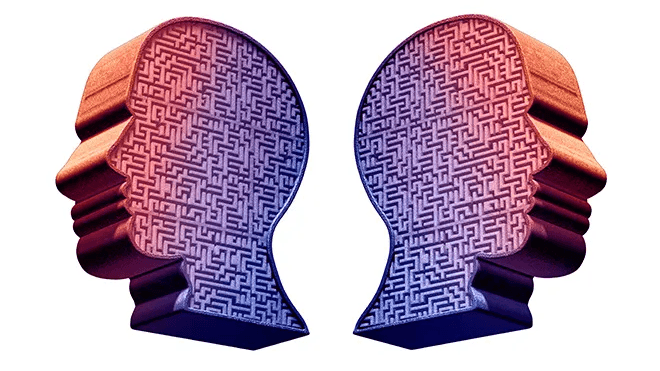
YouTube, Meta and Tik Tok are among the largest technology companies to make efforts against deep fakes by introducing policies to ensure that content that is manipulated, is labeled. These sites are commissioning internal screening programs and collaborating with third party sub-verification agencies to detect and filter abusive material.
The moral issue here is rather complicated, because on the one hand, there is the necessity to prohibit harm, whereas on the other hand, there is the danger of censorship, as well as the chilling effect on all the permission types of creative works, such as satire and parody.
Conclusion: The Future has been Proven
Deepfakes Detection problem in 2025 is not tomorrow, it is today. Our vulnerability to the technology has long ago gone beyond a niche issue and it has become a real menace to our financial well-being, personal standing and stability of the democracy. As deepfake creation emerging threats remain in a runaway fashion, the systems and methods of counteracting them are also fast becoming a field.
The solution is also two-fold since it relies on the usage of high-tech deepfakes detection systems, the development and adoption of intelligent and dynamic regulations, and, above all the decision to provide people with tools to critically analyze the information they feed themselves with. The battle cry in this new epoch, is loud, and insistent: we all had to become careful custodians of truth. In 2025, the slogan has changed, and it is no longer, but “seeing is believing”; it has changed to “seeing is verifying.” Read more About Deepfakes Detection and Techniques.

